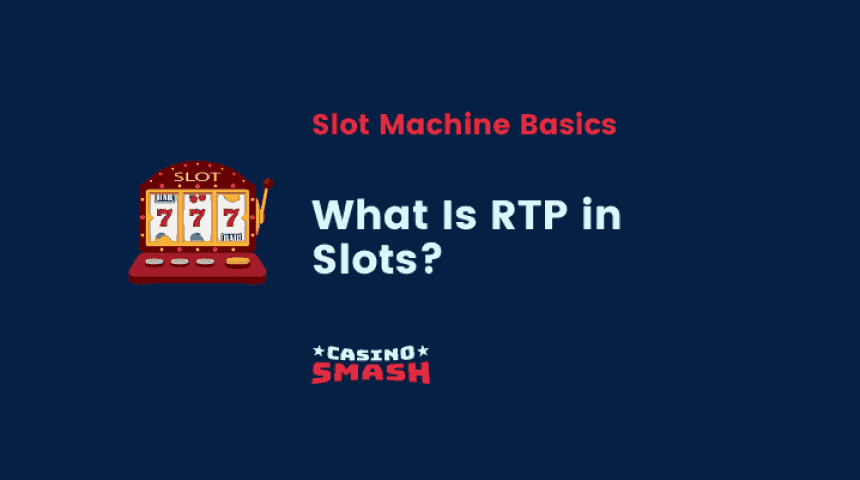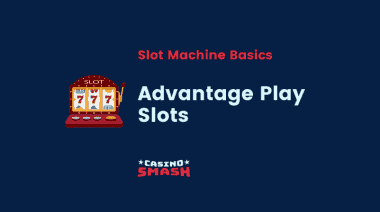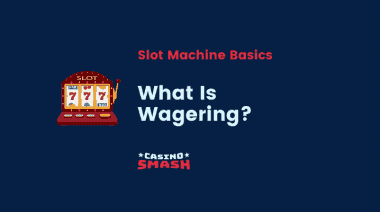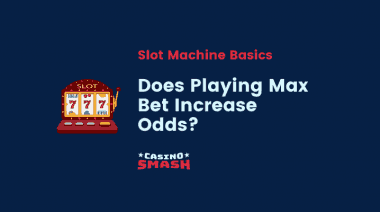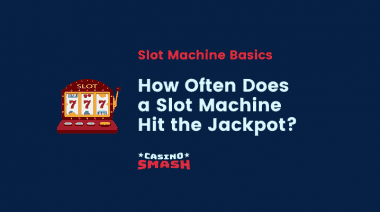The concept of return to player (RTP) has shot to prominence since the exponential growth of the igaming industry. RTP calculates the possible returns players can expect from specific slot titles over time when playing online.
In this guide, we’ll explore how RTP works for online casinos, as well as land-based casinos.
What Is RTP?
RTP is short for return to player – i.e. the winning amount a player can expect to receive back from the house. It is the most common statistic used in all online casino games today, including the classic table games like blackjack.
Why should RTP be factored into your online slots strategy?
- RTP exists at the opposite end of the spectrum to a casino game’s house advantage. While a house advantage states how much the casino is likely to win against a player long-term, RTP details the average percentage of a player’s bet that’s returned to them. In some ways, the two concepts are closely related, except that RTP focuses on the amount that slot players can win and house edge focuses on the casino's win.
- RTP is also known within the online casino gambling scene as the ‘payback percentage’ which can vary from one type of slot game to another in online casinos as well as land-based like Las Vegas casinos.
What RTP Means in Slots?
Many beginners who are not familiar to slot machine probability get confused by the difference between RTP and variance from a statistical perspective. Variance describes how often an online slot game pays out, whereas an RTP describes how much of your wagers are returned to you over time.
Differences Between Variance and RTP in Slots
Slot machines and online slot games are given one of three possible variance ratings:
High variance - Slots with high variance are less likely to pay out with frequent, small wins. However, it’s possible to land bigger jackpots with more regularity.
Medium variance - Slots with medium variance aren’t as likely to pay out the biggest jackpots as high variance slots, but there’s a higher probability of winning smaller multipliers than playing on a high variance slot.
Low variance - Slots with low variance are most likely to pay out smaller yet frequent wins. However, they are least likely to pay out the biggest jackpots.
Low variance slot games are designed to pay out as closely aligned to the game’s RTP percentage as possible. This helps your slot bankroll to last longer. High variance slot games can vary wildly from the game’s RTP percentage, with significant winless streaks before landing a big payout. Consider the latter a high-risk, high-reward option.
A hit frequency of 40% may be more common with medium variance slot titles, while a hit frequency of 50% or greater would denote a slot with low variance, given its hit frequency is designed to pay out after a few spins.
The hit frequency does not dictate how big the payouts are, so it could just be small low-hanging fruit wins rather than massive jackpots. It’s entirely possible to earn more from a slot with a 10% hit frequency, providing you get lucky and hit one of the biggest jackpots during your slot session.
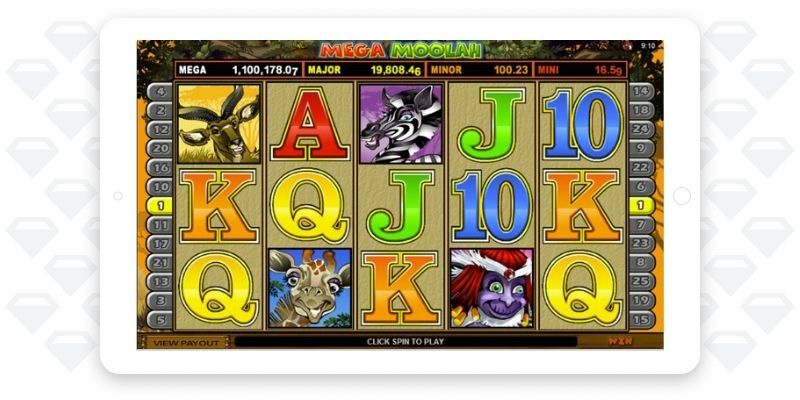
Microgaming’s Mega Moolah slot is a prime example of classic slots with high variance and a low RTP percentage. In fact, its percentage is 88.12% which is much lower than the industry average. That’s because this game is not about small, frequent wins. It’s all about the four-tier progressive jackpot, with Mini, Minor, Major, and Mega progressive payouts waiting to be unlocked. The latter can dish out millions of pounds!
How Can You Calculate Your Expected Profit from Playing Slots?
If you want to calculate your likely profit from gambling on popular slot machines, it’s easier than you might think. The formula requires you to make the following calculation:
Examples of RTP in Slots
Let’s say you planned to play a particular slot game like the Mega Joker and calculate your expected profit from a session on these reels.
The maximum bet you placed is $10 on 50 spins in search of a winning combination. The Mega Joker slot has an RTP percentage of 99% for those who bet the maximum. To calculate the expected profit from this session, you would do the following:
($10 x 50) x 0.99 = $495
This means you can expect a $5 loss for an average session, given that you would wager $500 at $10 per spin for 50 spins.
High RTP Slots
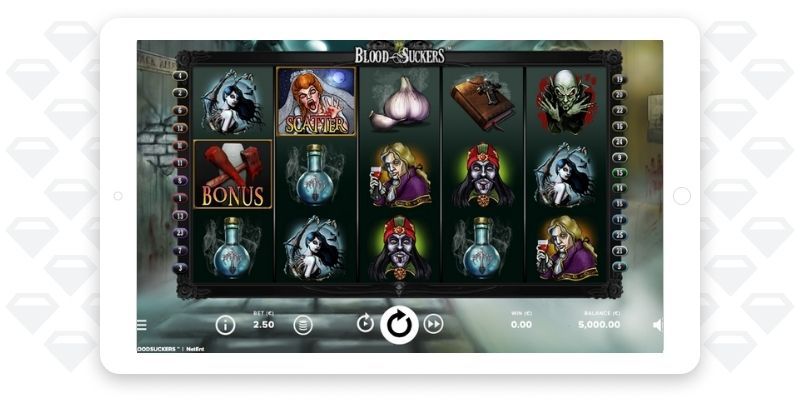
If you are wondering which highest RTP slots are available online, we’ve got you covered. Here are the top 10 slot titles designed to give you the biggest bang for your buck:
- Mega Joker (99%)
- Book of 99 (99%)
- Jackpot 6000 (98.86%)
- 1429 Uncharted Seas (98.60%)
- Marching Legions (98.12%)
- Jokerizer (98%)
- Blood Suckers (98%)
- Starmania (97.87%)
- Zeus Lightning: Power Reels (97.73%)
- Reel Gems (97.49%)
When Does a Slot Have a High RTP?
The igaming industry deems a slot title to have a good RTP for playing online or on a land-based slot machine if it is more than 95%, where as high RTP is considered 98% or above.
How Much Do You Actually Win on an RTP of 95%?
If an online slot game has a theoretical RTP percentage of 95%, this does not guarantee that you will win $95 from every $100 you wager on the reels. RTP refers to the average percentage a slot or any casino game would pay out on your win, but doesn't apply to every bet you made. Hence, you should never rely on the theoretical RTP of a slot to determine your expected profit or loss. In other words, theoretical RTPs are determined over millions of spins to generate a long-term average.
Low RTP Slots
There is a definite trade-off when it comes to playing slots with low return to player (RTP) percentages. As they typically have high variance, you can expect infrequent payouts, but bigger jackpots when they do happen.
If you want to know the variance of a slot in most online casinos or even a land-based slot machine, head over to its paytable where it will be clearly displayed. You don’t have to calculate RTP percentages either, as you will find them in the paytable.
If the appeal of chasing the bigger jackpots means you’re happy to accept a slot with a lower RTP, here are 10 of the most popular low-RTP casino slots from the leading game developers:
- Frankenstein (From 71%)
- The Dark Joker Rizes (From 79.70%)
- The Wizard of Oz (87%)
- Texas Tea (From 87.50%)
- Mega Moolah Goddess (88%)
- Mega Moolah 5 Reel Drive (88.02%)
- Jokerizer (From 88.80%)
- Enchanted (89.40%)
- Wowpot 5-Reel (89.63%)
- Lucky 88 (From 89.81%)
Additional reading alert!
Conclusion: A Good Slots RTP Means Higher Returns for Players Over Time
It’s true that a good return to player (RTP) percentage represents the potential for higher returns for players over the long term.
However, the return to player figure does not always stay true to the outcome in the short-term, with the chance to win more or less than this percentage.

